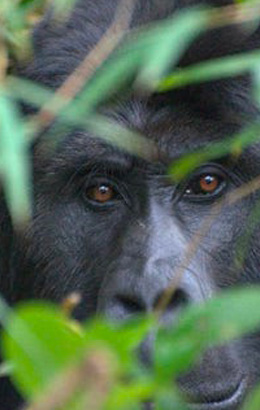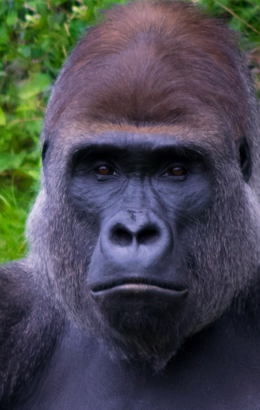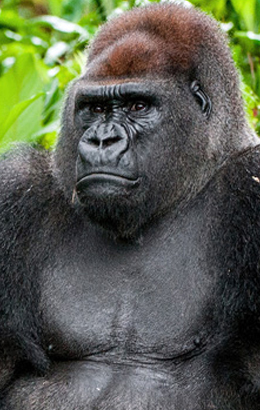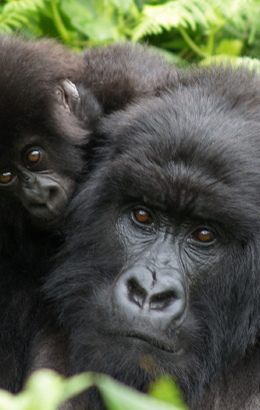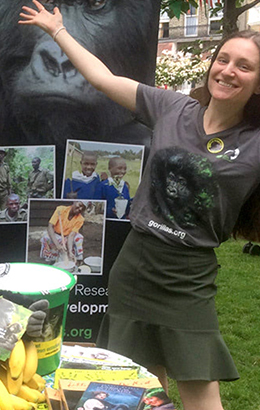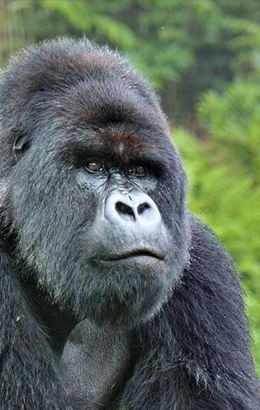How we found almost 500 lowland gorillas living deep in the forests of the Congo
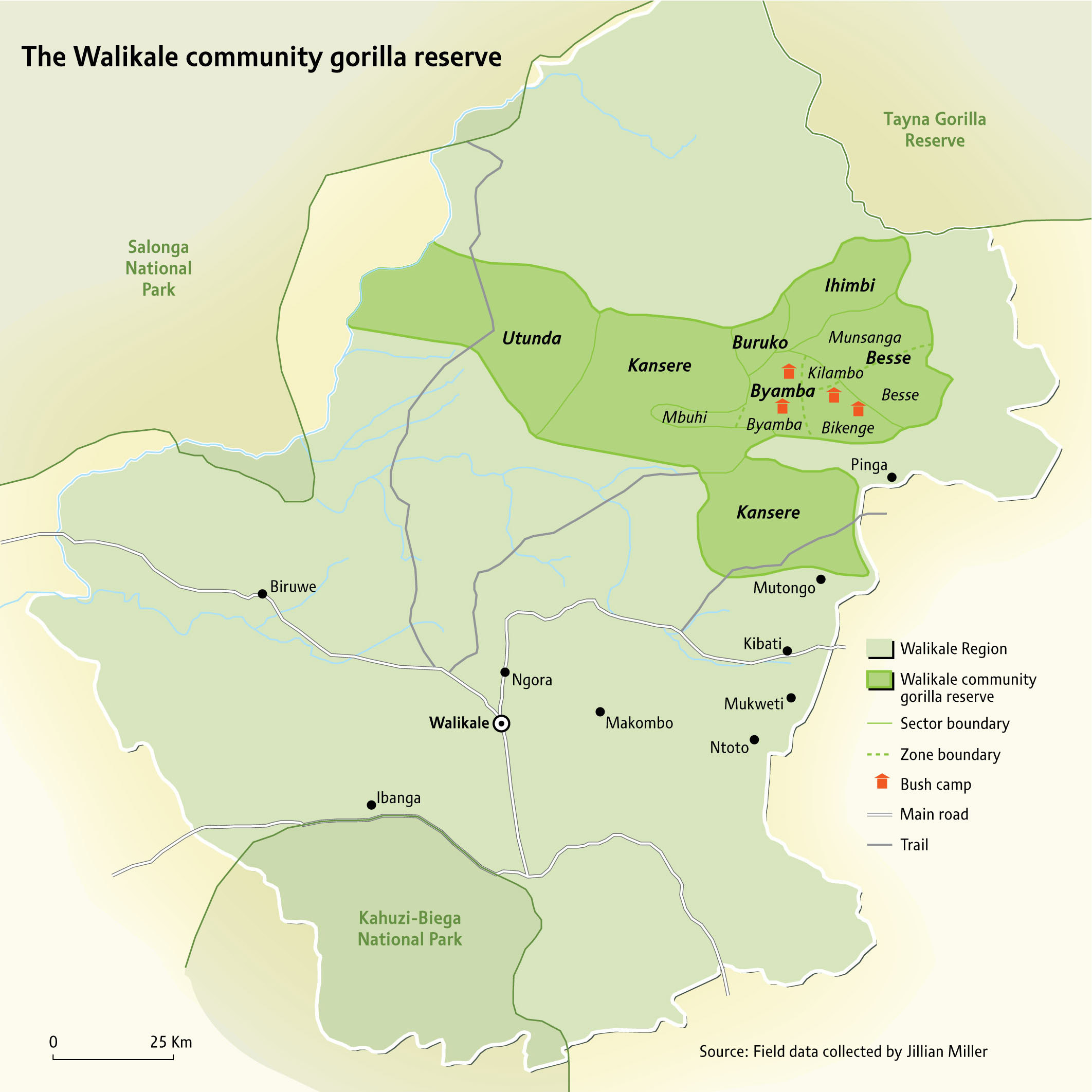
The location of the reserve, just outside of the town of Walikale, eastern DR Congo.
The Gorilla Organization has been working in Walikale since 2004. Located in the North Kivu Province of DR Congo, this is one of the most insecure parts of Africa. A number of different armed militia, including the FDLR, fight to control the territory which is rich in natural resources like tin. Despite the insecurity, and despite the fact that the main road to the city of Goma, where our Resource Centre is located, is often impassable, we managed to establish the Walikale Community Gorilla Reserve.
As the name suggests, this is not a full National Park. Rather, we work with local communities to keep a massive 70,000 hectares of forest free from poachers. This is no easy task. Thanks to the ongoing backers of our partners at Tusk Trust, and thanks to the help of our individual supporters, we have recruited a team of 36 rangers, with another 12 due to start work later this year. Every day they risk their lives to go deep into the dense forests to locate and destroy crude traps put down by hunters. Left on the forest floor, these snares can trap the critically-endangered Eastern lowland gorillas that live here. And since there are no vets on hand like there are in the Virunga National Park, snare injuries are often fatal.
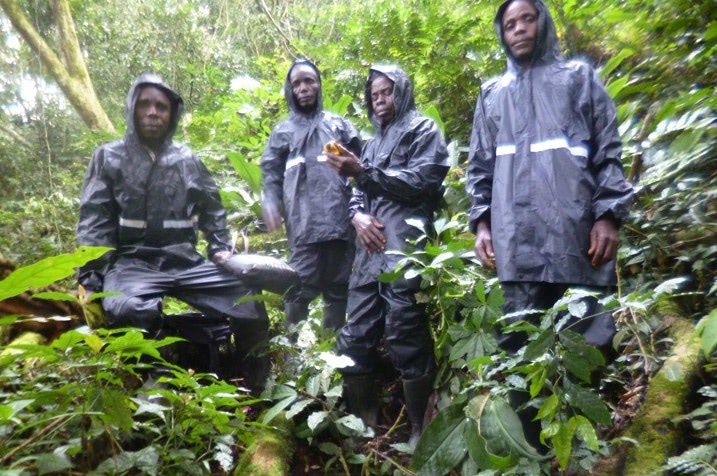
Some of our of rangers at work in the Walikale forest.
But the Gorilla Organization team at Walikale don’t just keep the forests clear of deadly snares. Over the past couple of years, they’ve also been carrying out valuable research into the native gorilla population. And now all the data has been collected and studied, we are thrilled to announce that there are almost 100 more gorillas living here than previously thought. Our research shows that, in addition to the 460 individuals we already knew about, a further 95 are living in this remote corner of the Congo. Since there are only an estimated 3,800 eastern lowland gorillas left in the world, low enough for the IUCN to officially class them as Critically Endangered, or one step away from extinction, this is hugely encouraging news.
How sleeping gorillas left clues for our rangers to find
This was the result of many months hard work. Counting gorillas is never easy, but it’s especially difficult when the forests are so dense. To make it even more problematic, unlike with some of the mountain gorillas in the Virunga Massif, none of the Walikale gorillas are habituated to people. This means they would always keep their distance, making counting gorillas by sight often impossible. To get round this, the team counted the nests the gorillas left behind in the forests.
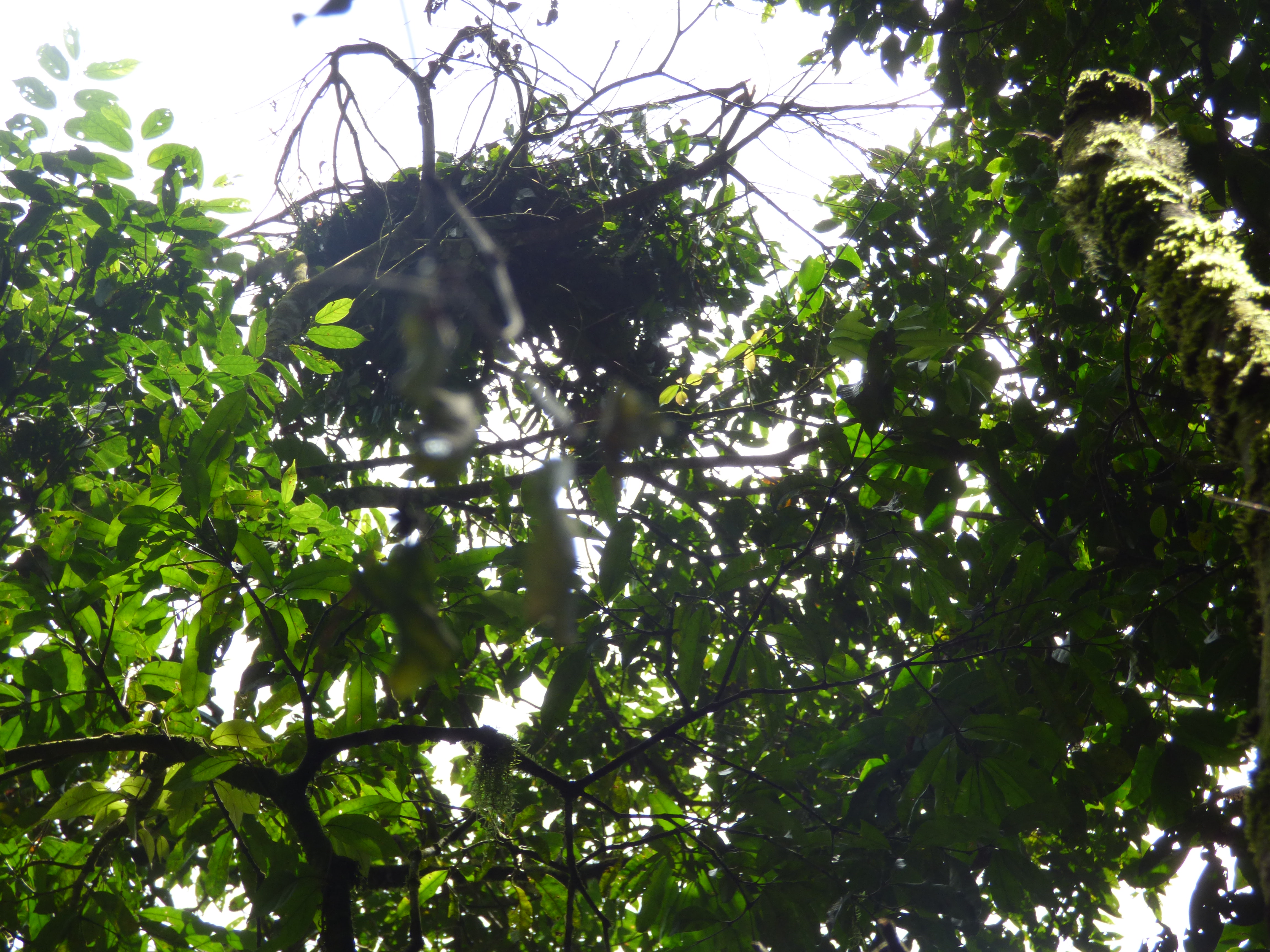
An infant gorilla’s night nest photographed by one of our team of rangers
As with mountain gorillas, eastern lowland gorillas make both day and night nests for their daily snooze and then for their overnight sleep. A group will move on every day, usually following their silverback for up to 1km in search of food. They will make fresh nests every day. Since groups rarely leave their home territories, this makes it possible to count the number of individuals living in a specific section of the forest. What’s more, looking at the nests can also tell you how many young gorillas there are since they will usually make their nests up in the trees rather than on the forest floor up until the age of around 3. Here you can see one of the infant gorilla nests our team found in Walikale.
Our work researching the gorillas of Walikale is still in its early stages. There’s plenty still to learn about the great apes, and their nests might be able to give us some insights into group dynamics. Did you know, for example, that the silverback will almost always make his nest in the middle of his group? The other gorillas will then spread out around him. Each gorilla likes their own space, but they still like to be able to see their companions. Just how far the gorillas are spaced apart might be an indication of how secure the group feels. And there’s even evidence to suggest that adult females will try and sleep in the trees if their silverback is weak or vulnerable. So, as we continue to look at the data and carry out patrols of the forest, we should be able to learn more about Walikale’s gorillas, including how they live, what they eat and how they behave.
Looking to the future in Walikale
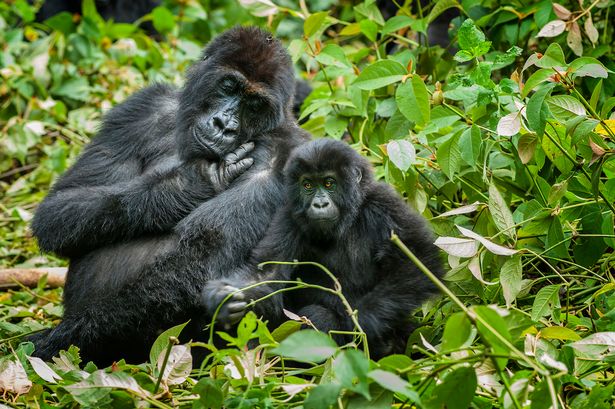
Eastern lowland gorillas are classed as Critically Endangered, just one step from being lost forever
These are exciting times for our Walikale Project. Despite the immense challenges they face every day, the team of rangers are doing incredible work. Perhaps most importantly of all, they have been busy building alliances with the leaders of villages and communities in and around the forest. Getting their cooperation is essential if we are to stop poaching and so save gorillas. Our outreach work is helping communities make a living without having to hunt in the reserve. Also, by helping build a new school and train 12 teachers, we are creating a new generation of gorilla guardians.
Over the next few months, a further 12 rangers will be recruited and will start work patrolling the forests. We’ll also be pushing ahead with our projects promoting socio-economic development among local communities. Now that we’ve found these 100 new lowland gorillas, we need to re-double our efforts to make sure they stay safe.
Find out how you can help support the Walikale Project here.
